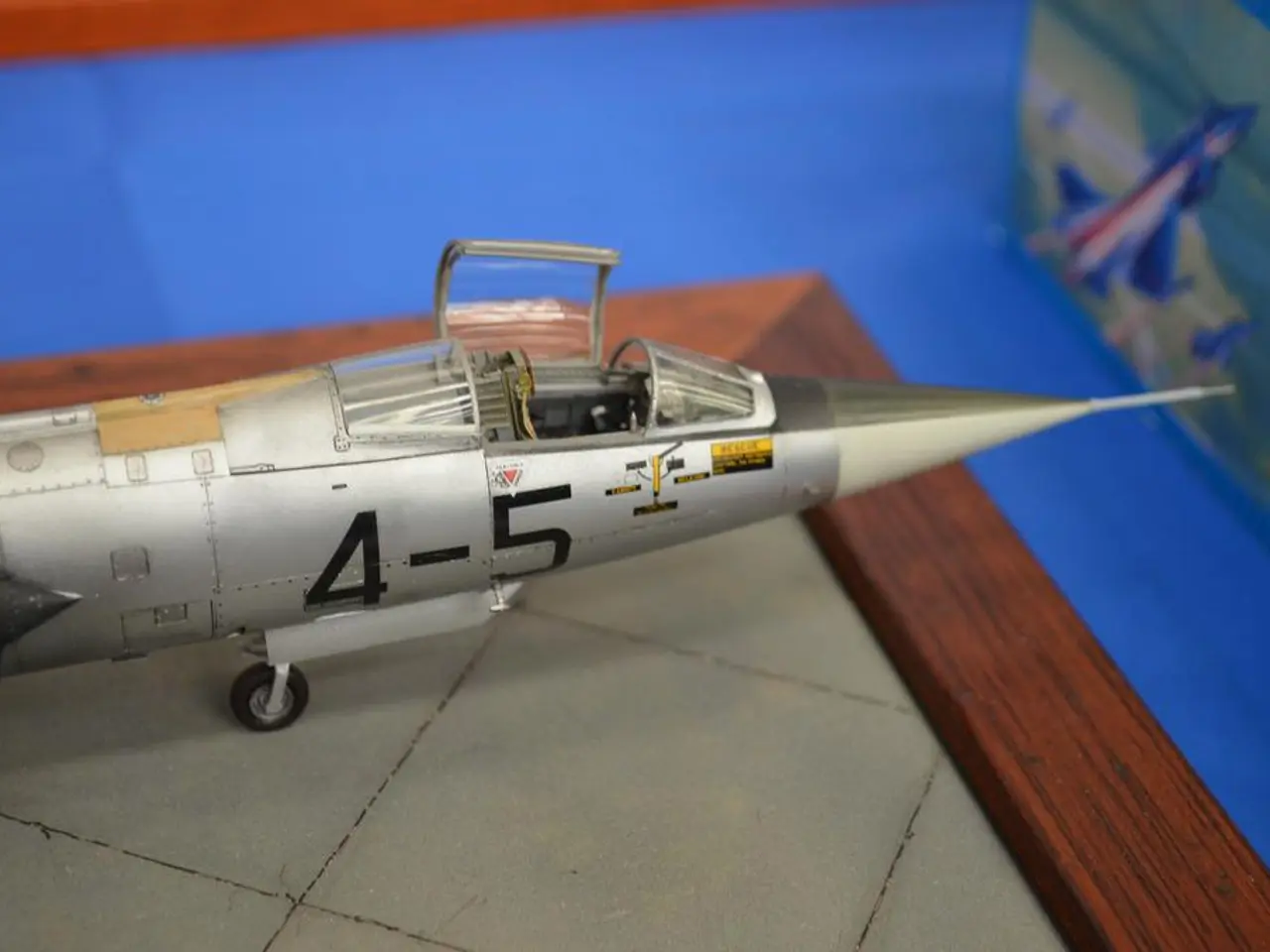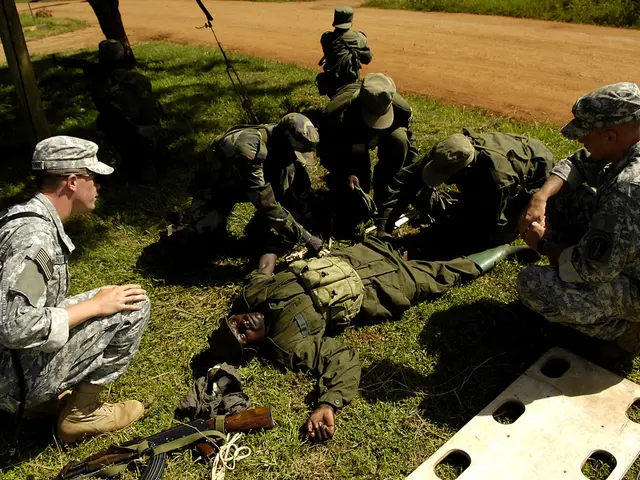Drone Development: A Multidisciplinary Effort
Drones, unmanned aerial vehicles (UAVs), are complex machines requiring diverse engineering expertise. From software to hardware, and from design to production, various specialists collaborate to create these innovative tools.
At the core of drone development are software and computer engineers. They program autonomous navigation, integrate artificial intelligence, and develop control applications. Meanwhile, robotics engineers contribute by integrating sensors, managing motion control, and crafting flight algorithms.
Electrical and electronics engineers design power systems, control circuits, and communication systems, ensuring drones function smoothly and stay connected. Mechanical engineers handle the mechanical design and moving parts, ensuring durability and heat dissipation. They work alongside aerospace engineers who focus on aerodynamics, flight systems, and material selection for drone design.
Collaborating with these specialists are systems engineers. They coordinate different teams and oversee the full product lifecycle of drones, from inception to retirement. This multidisciplinary approach is evident in companies like Rheinmetall Technology Center GmbH and research institutes such as Fraunhofer IFAM and b.r.m. IT & Aerospace GmbH in Germany. These organisations require expertise in hardware design, software programming, sensor integration, and digital systems for UAVs.
Drone development is a collective effort, involving engineers from various fields. Their combined expertise ensures drones are efficient, reliable, and innovative. This collaborative approach is key to pushing the boundaries of unmanned aerial technology.







